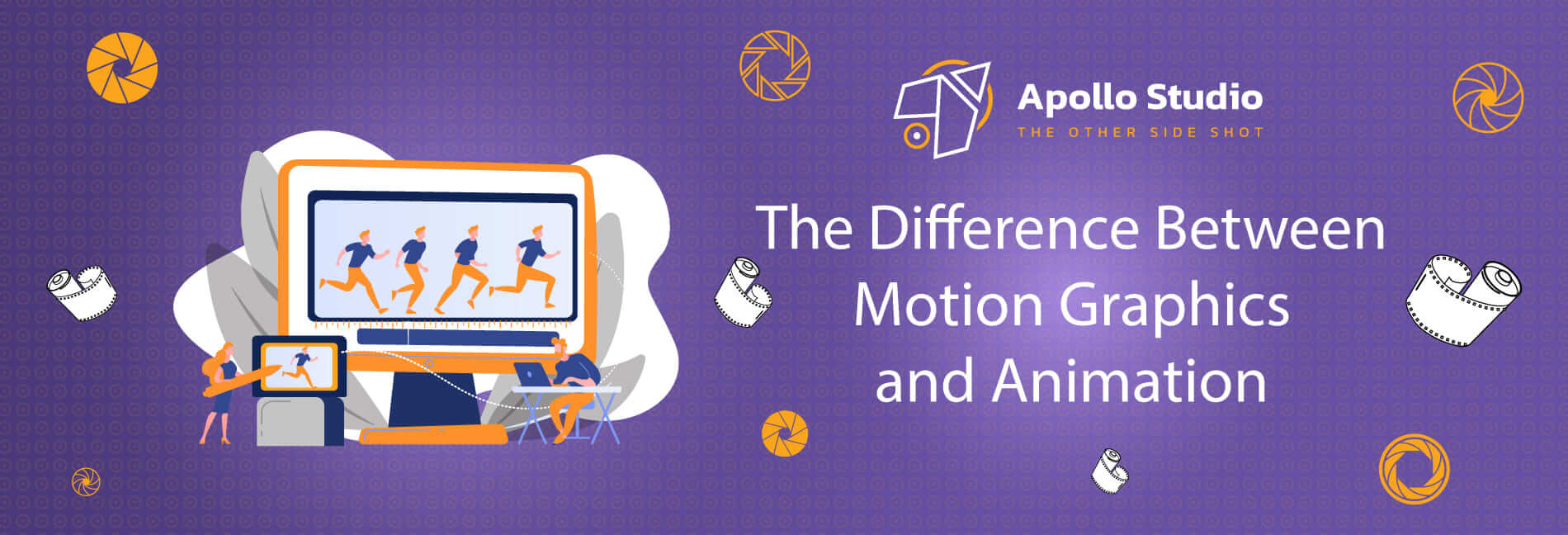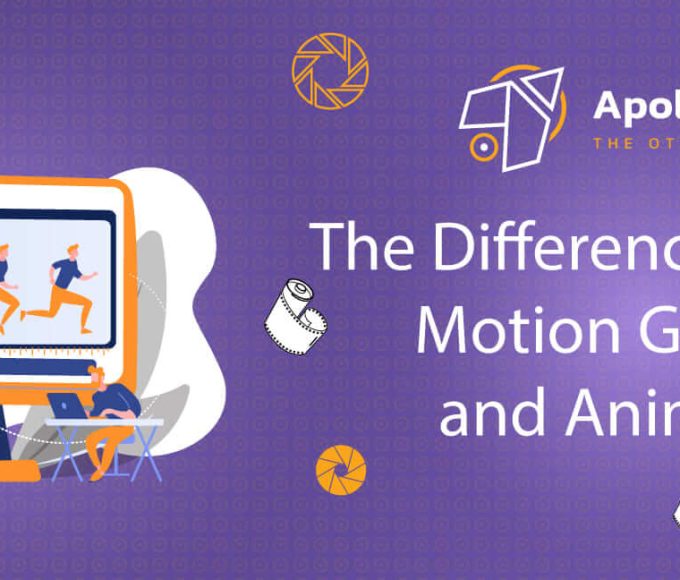The discussion surrounding the distinction between motion graphics and animation has always been a focal point for those interested in the world of video and animation. This difference has been a significant topic of debate, especially given the notable contrast between the two types. Each has a distinct workflow, yet both can be effectively utilized, a common practice, particularly by marketing companies aiming to achieve client objectives. In this article, we will delve into understanding the difference between motion graphics and animation.
The Distinction Between Motion Graphics and Animation
The key difference lies in the fact that animation is a process through which integrated graphic scenes are created. These scenes involve the movement of cartoon characters, accompanied by elements contributing to the scene’s completeness, such as the natural environment. Scenes can be sequential according to a predetermined scenario, or they can be standalone. On the other hand, motion graphics involve computer-generated graphics, where video is employed or manipulated to showcase scenes with simulated or changing motion. Sound is often added to these scenes for reliance and utilization in multimedia projects. Motion graphics are presented across various online media platforms and can also be displayed through traditional means. The term “motion graphics” is consistently used to distinguish between static and animated graphics.

The Difference Between Motion Graphics and Animation
Types of Animation
Various types of animation can be relied upon to discern the difference between motion graphics and animation. The selection of the appropriate type depends on the desired objective in video production. Here are some prominent types:
Traditional Animation: Also known as “hand-drawn,” this type relies on transparent sheets that depict and display a sequence to showcase motion in the video. This type has been in use since the inception of animation until the early 21st century.
Stop Motion Animation: This technique involves cinematography that uses various types of real-life objects, making them appear as though they are in motion. This is achieved by altering the positions of these objects and capturing the poses in a sequence that, when displayed in succession, creates a clear sense of movement. Variations of stop motion include puppet animation using rubber materials and cut-out animation created from paper.
Computer Animation: This category, also known as CGI Animation, encompasses several subtypes, including:
- Traditional Animation: Two-dimensional animation relying on hand-drawn computer graphics, either using a tablet or a stylus on a screen.
- 2D Animation: Character construction and movement entirely done through two-dimensional software. This type is characterized by its rapid production and frequent use in social media content.
- 3D Animation: Character construction and movement through three-dimensional software. Major film production companies, such as Disney and DreamWorks, heavily rely on this type.
Understanding these types of animation helps clarify the distinctions between motion graphics and animation, allowing for informed choices in video production based on the desired outcome.

The Difference Between Motion Graphics and Animation
Types of Motion Graphics
Understanding the types of motion graphics helps anyone interested in distinguishing between motion graphics and animation. Here, we will detail these types:
Whiteboard Animation: This type adopts a whiteboard style, suitable for delving into detailed aspects of a product or service. It involves presenting a whiteboard with icons and drawings that are animated. This method is widely used in motion graphics videos.
2D Character Animation: Among the most commonly used types, 2D character animation involves creating a character and a scene within a two-dimensional space, utilizing perspective to depict a sense of depth.
Motion Graphics Animation: Similar to 2D animation, this type is direct and engaging. It is employed by companies to visually and clearly present complex information quickly. Motion graphics animation is effective for conveying large amounts of information visually.
2.5D Animation: This type simulates a three-dimensional environment while relying on a 2D style for the elements used. It is often used in videos related to films and games.
3D Animation: Notable for its high quality, 3D animation is costly and challenging, requiring an extensive amount of time to achieve the desired results. It stands out as one of the prominent types when discussing the difference between motion graphics and animation.

The Difference Between Motion Graphics and Animation
Typography: This style relies on moving printed fonts to express ideas. While it may seem simple, typography is versatile and effective for imprinting specific segments in the viewer’s memory.
Screencast: Known for being digital recordings consisting of screen captures supported by narrative content, screencast is a common type used by tech companies. It is used to showcase processes or information at a relatively low cost.
In conclusion, we have explored the difference between motion graphics and animation, and we have reviewed various types of each. Apollo Studio specializes in providing distinctive motion graphics and animation videos for various types of companies. You can contact us directly via WhatsApp.


